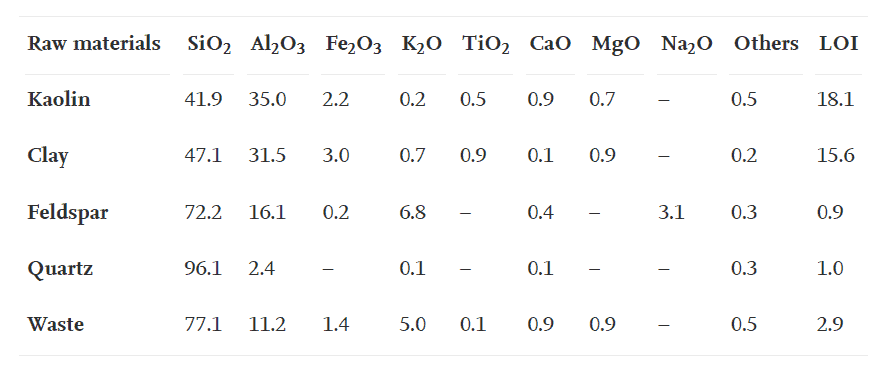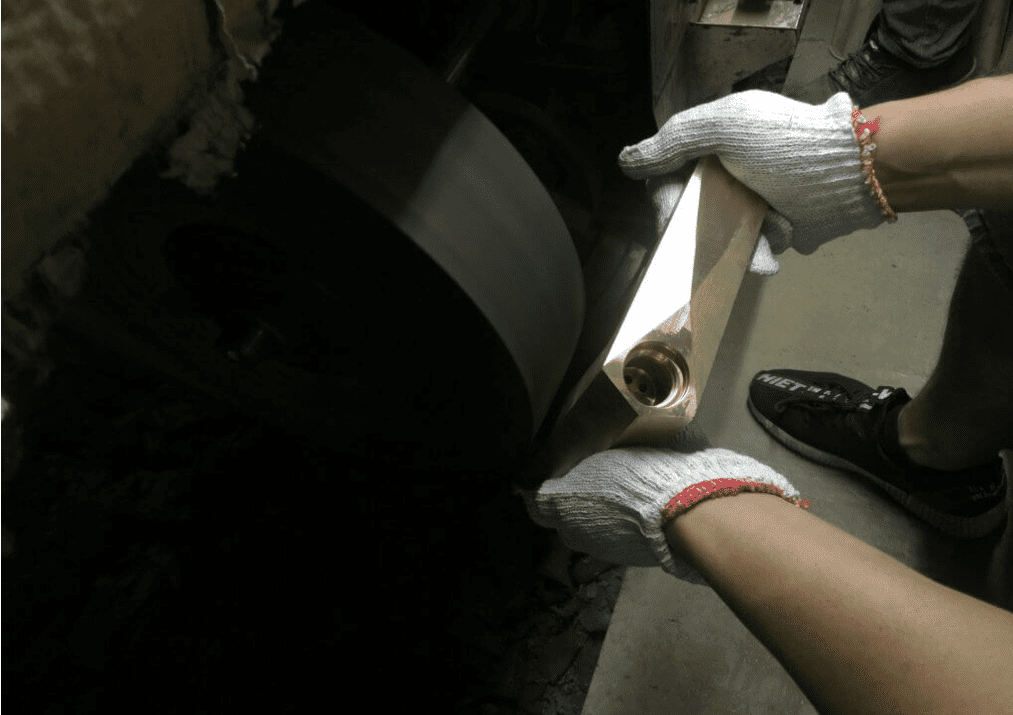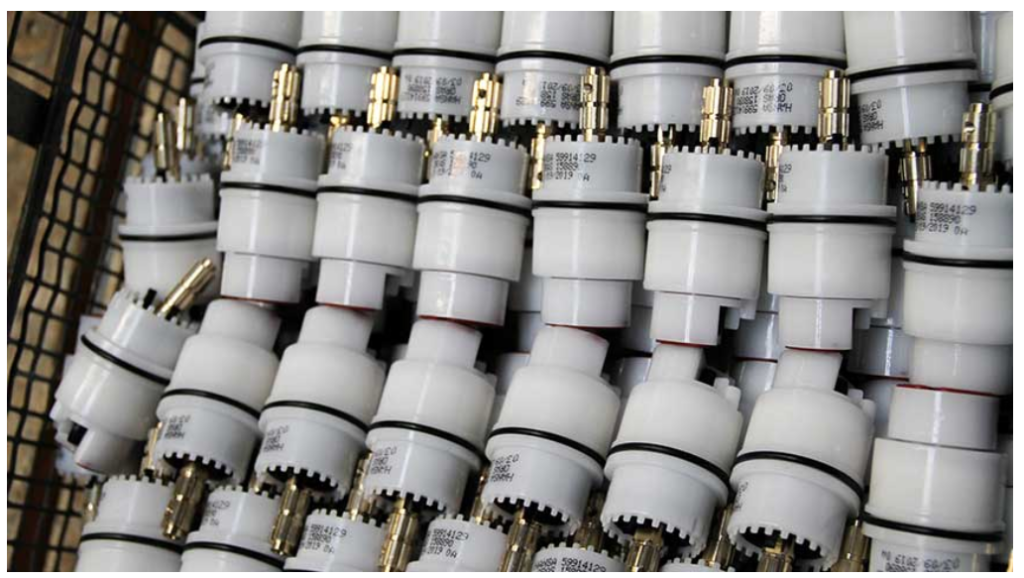What’s a Faucet
A faucet is a plumbing device that controls water flow in various settings, such as sinks, bathtubs, showers, and outdoor garden hoses. While the term is commonly used in the United States, in other parts of the world, like the UK, it is often referred to as a “tap.” Faucets come in various styles, materials, and configurations to suit different uses and aesthetic preferences. They are an essential part of any plumbing system. They are used both for practical purposes like washing hands, dishes, or taking showers and for more aesthetic functions, such as being a design focal point in a bathroom or kitchen.
Types of Faucets
- Compression Faucet: This is the traditional type of faucet, with separate handles for hot and cold water and a rubber washer to control the flow and temperature.
- Ceramic Disk Faucet: These are more modern and use ceramic discs to control water flow. They are known for being durable and less prone to leaks.
- Ball Faucet: Commonly found in kitchens, ball faucets have a single handle that moves over a rounded ball-shaped cap right above the base.
- Cartridge Faucet: These come in single-handle and double-handle variants and use a cartridge to control water flow. They are generally more reliable and last longer than compression faucets.
- Sensor/Touchless Faucet: Increasing in popularity, especially in public restrooms and modern homes, these faucets use motion sensors to start and stop water flow.
- Wall-Mounted Faucets: These are often found in utility rooms or commercial settings. They are mounted on the wall, making the countertop easier to clean.
- Deck-Mounted Faucet: These are mounted directly to the sink or the countertop and are common in most residential bathrooms and kitchens.
Materials and Finishes
Faucets are made from a variety of materials, including brass, stainless steel, zinc alloys, and plastic. They also come in various finishes like chrome, brushed nickel, oil-rubbed bronze, and more, allowing you to match the faucet to your room’s decor.
Benefits of Choosing the Right Faucet
- Efficiency: Modern faucets often have features like aerators and low-flow models that help save water.
- Convenience: Features like swivel spouts, pull-out or pull-down sprayers, and intelligent technology make daily chores easier.
- Style: The right faucet can act as a statement piece and elevate the overall look of your kitchen or bathroom.
- Longevity: High-quality faucets are an investment that pays off in the long run with fewer leaks, less maintenance, and replacement costs.
Faucet production process flowchart
Casting
To make a perfect faucet, high-tech machines, and skilled human artisans are needed in manufacturing.
Making goods from molten alloy is typically called the classic faucet casting technique. We acquire the blank or a portion of the appropriate form weight by injecting the liquid alloy into the casting mold that has been produced.
However, sand casting is a more commonly used method as it is cheap and easy to get the materials needed for molding. Molds are also easy to manufacture. This method can be adapted for single-piece production, batch production, or mass production of castings.
During casting, the core is formed from fine sand and serves as the drainage system for the faucet body.
Gravity casting is another method of manufacturing castings that uses metallic materials and pouring molten metal into the casting to obtain castings under gravity. This method is also called permanent casting.
Chemical composition and loss on ignition (LOI) for raw materials utilized (% by weight).
Metal casting can be used hundreds to thousands of times before needing to be replaced. The gravity-cast body weighs roughly 1/4 less than the sand-cast body does.

High-grade faucets usually adopt gravity casting because the inner structure of the body metal is compact and qualified. The product lives longer as a result of this.
The cast is placed on a wire basket and moved to cool down after it has been formed. The core is then removed from the faucet body by swirling it in a mill with metal balls.


To their final form, faucets are sawn and ground.
The foundry saws the cast-iron faucet bodies apart. Any components required during casting but not included in complete faucets are removed. You may use both automated and manual processes at Hofen.

Machining and polishing of faucets
Faucet Machining
After the copper casting is annealed, it can be machined using CNC machine tools for various operations such as turning, milling, drilling, creating, grinding, boring, etc. This machining can achieve the workpiece’s desired dimensional and shape position accuracy and meet the design requirements.
To ensure the quality of the machined surface, many factors must be considered during machining, including cutting parameters, tool materials, geometry, workpiece material properties, etc. It is possible to produce high-quality parts with excellent dimensional accuracy and surface finish with careful planning and execution.
Faucet Polishing
After machining the product, it is necessary to carry out the surface treatment of the product, mainly to remove the burrs from the surface of the product, make the surface of the product lines more smooth and plastic, and increase the brightness and finish of the product. The general order of surface treatment is pickling (removal of rust), derusting (removal of scale), degreasing (removal of oil), water washing, drying, pickling, passivation (removal of rust), and passivation.
The factory must follow all of these procedures to produce successfully. It’s unnecessary to pickle products that are only somewhat rusty or slightly rusted following this sequence. You can pickle them without using pickling paste if they aren’t too rusted or heavily corroded. Of course, carefully study the instructions before beginning each process to avoid mistakes.

Faucet Finishes
The finish on the faucet spout, handles, sprayer, and other components is called the faucet finish.
Electroplating
Electroplating is a process in which a thin layer of metal is applied to a surface. This process can be used to improve the appearance of the character, as well as to protect it from corrosion. The 24-hour acetate spray test can judge the quality of the electroplating, and the factory can use the coating thickness gauge to identify the thickness of each metal coating. The worker may pass the salt spray test since the coating thickness is acceptable.


The process of electroplating uses a lot of energy and produces pollutants. The conventional faucet manufacturing facility must deliver the product to the electroplating plant for electroplating, which lengthens the manufacturing process and makes quality control more challenging. In addition, during the electroplating process, a large amount of wastewater is generated, which poses a severe threat to the environment. To guarantee that the procedure is carried out correctly and securely, selecting an electroplating business with experience and knowledge is crucial.
To explain further, let’s consider Chrome plating, for example.
The surface is hard, glossy, and wear-resistant, thanks to chrome. To avoid fingerprints “t” on the chrome plating, the worker should not handle faucet bodies with bare hands after polishing.
Before chrome-plating, surfaces must be flawless. Chrome is an abusive material; as a result, it does not conceal flaws but emphasizes them. Chrome plating also covers all visible plastic and composite components. Hofen Plastic’s plastic manufacturing department produces plastic and composite parts.
Plastic, on the other hand, is more difficult to plate with chrome than brass: To enable chrome plating, plastic must be made electrically conductive. Plastic components are plated with a copper layer and nickel to protect the surface from thermal expansion.
The chrome-plating process is lengthy, divided into 40 stages that span two hours. Each item undergoing the procedure is inspected for any markings that need to be added, such as a brand logo. This final step is done using a laser machine.
The process begins with the cleaning of the item. It is then covered in a copper layer and left to dry. This is followed by nickel plating, and the thing is left to dry again.
Once the chrome-plating process is finished, the product undergoes a final inspection before it is ready for assembly. Any products not meeting the required standards are returned to be fixed. Those that pass are sent on for packaging and, ultimately, sale.
Faucet assembly
Anyone who has attempted to install a new faucet knows how complicated the procedure can be. The factory must correctly assemble many components for the tap to work properly.
The final assembly process is critical in ensuring the product meets all the necessary quality standards. Everything must be checked, from the product’s design to the manufacturing of its components, to ensure that the final product will be up to par. Only by completing this final assembly process can one be confident that their new faucet will work correctly and function as intended.
Assembly
First, put together the necessary tools and parts. Then begin connecting them, including detachable connections like a spool and mesh tip and non-detachable connections like joint and water intake foot, among others.
Attach the porcelain spool with a torque wrench or lock it with a socket torque wrench.
Locking the inlet foot and water level with a 10mm hex wrench (assemble “O” ring at inlet foot and water level ahead of time) is recommended when installing the inlet foot or water level.
The worker should use a water separator switch with the bathtub faucet.

Water pressure test
To ensure that your faucet is functioning correctly, it is crucial to test the water before using it. First, clamp the faucet on the test bench according to the working state. Open the left and suitable inlet valves, open the spool, and flush the inner cavity of the faucet beforehand. Any dirt or debris will be cleared away as a result.
Then close the spool to install the net tip pad and tip, and use a wrench and other tools to gently tighten.No water seepage is necessary. Do not lock the parts too hard to avoid damage. Once everything is secure, you can turn on the water and test your faucet. If there are any leaks or issues, fix them before using your faucet.
Pressure test
As an experienced manufacturer knows, a pressure test is an essential step in ensuring the quality of your work. By testing all sealing surfaces for leaks, you can be sure they will stand up to the rigors of use. Once you have found a qualified product, installing it on the assembly line is time. This process includes attaching the pressure cap, handle, hot and cold watermark, and wiping the packaging box. Throughout this process, quality control is essential. Operator self-tests and sampling inspection of the finished product ensure that only the best products reach the customer.

Factory inspection of faucet
Inspectors carry out sampling inspections of the finished products. The inspection items include the casting surface, thread surface, appearance quality, assembly, marking, spool sealing test, and faucet sealing performance test. They strictly implement the sampling scheme and judging principle. They also stick to the last step of the quality of taps.
This ensures that every faucet that leaves storage is up to par with quality standards. Although it is the last step, it is arguably the most important because it is the final opportunity to check for defects before the customer receives the product. Consequently, the finished product inspector must be vigilant and highly detail-oriented to perform their job effectively.
Finally, to summarize the production process as below.
Sand core molding → sand core testing → casting copper alloy melting → chemical composition analysis test → gravity casting → ceramic sand self-inspection → shot blasting → appearance test → pressure test → machining → appearance test → pressure test → lead release treatment → polishing → appearance test → external plating → appearance test (salt spray test) → assembly → installation process self-inspection → process inspection → water test, pressure test → packaging → finished product inspection → storage → factory inspection.

